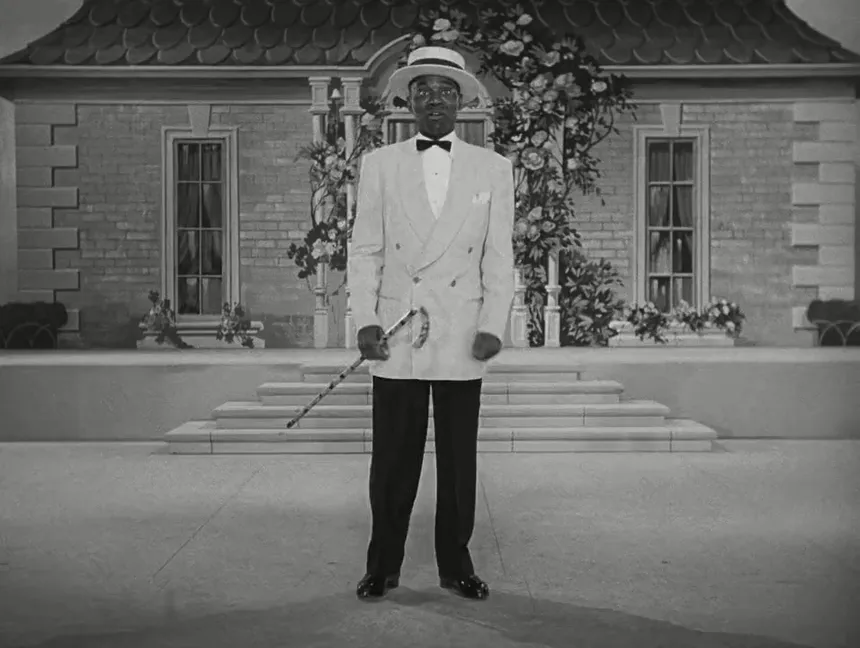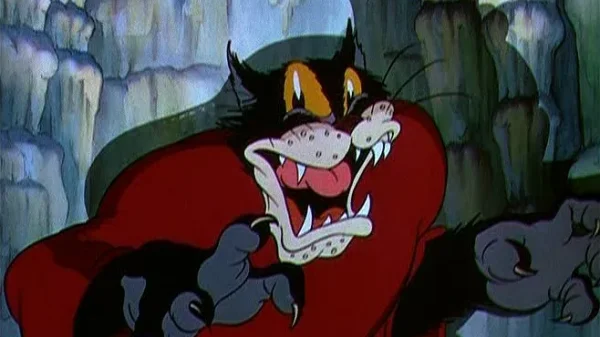Hollywood’s Golden Age was marked by elegance, sophistication, and an unparalleled array of talent in the film industry. Among the many remarkable stars of this era, some possessed an extraordinary gift: the ability to excel in multiple disciplines such as singing, dancing, and acting. These triple threats mesmerized audiences with their charming performances, leaving an indelible mark on cinema. Among them, Shirley Temple stands out as the precocious child star who won hearts with her charming on-screen presence. Born in California, Temple began her acting career at just three years old and starred in numerous films, including “Bright Eyes” (1934), “Curly Top” (1935), and “Dimples” (1936).
Lena Horne is another remarkable triple threat, breaking barriers as one of the first African American women to achieve widespread success in Hollywood. With her enchanting voice and impeccable dancing skills, Horne starred in classic films such as “Stormy Weather” (1943), “Cabin in the Sky” (1943), and “The Wiz” (1978). Rita Hayworth, widely regarded as one of the most iconic sex symbols of the 1940s, also dazzled audiences with her talents. With her fiery red hair and striking features, Hayworth lit up the screen in films like “Gilda” (1946), “Pal Joey” (1957), and “You Were Never Lovelier” (1942).
Julie Andrews, a celebrated thespian with an impressive stage background, made a seamless transition to cinema. She starred in beloved films such as “Mary Poppins” (1964), “The Sound of Music” (1965), and “Victor/Victoria” (1982), her impressive vocal range and comedic timing making her an instant favorite. Bill “Bojangles” Robinson, a towering figure in tap dance, also stood out with his effortless charm and stage presence. He starred in classics like “Stormy Weather” (1943), “The Little Colonel” (1935), and “The Littlest Rebel” (1935).

A Still From The Littlest Rebel (1935) (Via IMDB)
Ginger Rogers, known for her incredible tap dancing skills, acting, and singing, became a legendary triple threat. She shone in a long list of classic films, including “Swing Time” (1936), “Top Hat” (1935), and “The Gay Divorcee” (1934). Judy Garland, often remembered for her iconic rendition of “Over the Rainbow” in “The Wizard of Oz” (1939), solidified her status as a beloved triple threat with her impressive vocal and acting talents.
James Cagney, best known for his gangster roles in “The Public Enemy” (1931) and “White Heat” (1949), also showcased his singing and dancing skills in hits like “Yankee Doodle Dandy” (1942), “Something to Sing About” (1937), and “Footlight Parade” (1933). Fred Astaire, synonymous with Hollywood’s Golden Age, dazzled with his remarkable tap dancing and singing talents in films such as “Easter Parade” (1948), “Shall We Dance” (1937), and “Swing Time” (1936).
Finally, Gene Kelly reigned supreme as an actor, director, and choreographer, with an impressive repertoire that includes “Singin’ in the Rain” (1952), “An American in Paris” (1951), and “Anchors Aweigh” (1945). Kelly’s inimitable style and talent have left a lasting legacy.
These incredible triple threats left an indelible mark on the world of cinema, enchanting audiences with their versatile performances and leaving behind a legacy that continues to inspire and delight new generations of film enthusiasts.
























